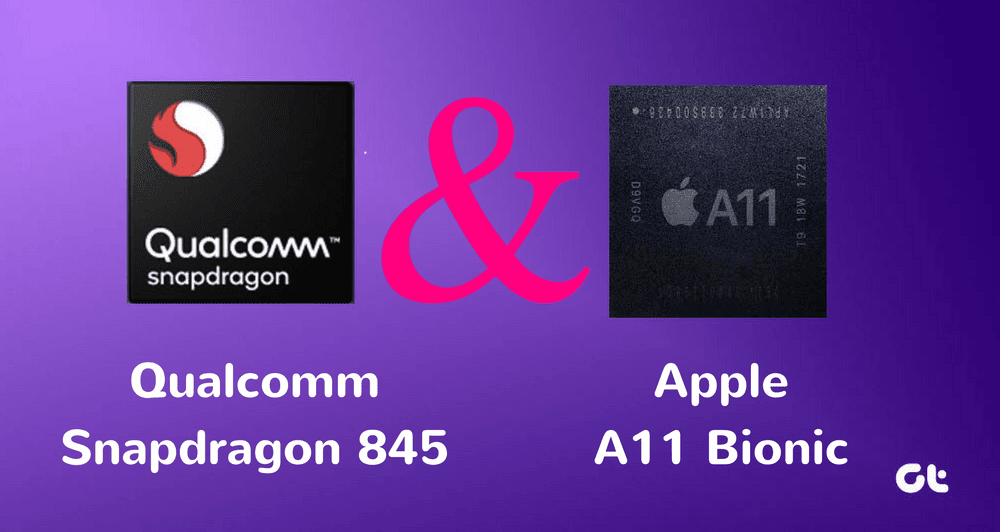These relatively new breed of wearables are lighter and smaller than watches and bracelets. Plus, they look like regular jewelry. So you’d probably have seen one but not really known it’s a smart device. Although smart rings are still in their infancy phase, there are several options available on the market today. However, not a large number of consumers use them as much as the smartwatches and fitness bands.
What Is a Smart Ring
A smart ring looks just like an ordinary ring in its form, except that it has added electronic features that respond to specific gestures. The concept isn’t new. Some startups and companies like Fin, SmartyRing, and Altruis, claimed that they’d create smart rings that would be capable of transforming how we work and play. Even after securing funding and creating prototypes, some of these companies’ smart ring ideas failed because of several issues, including design, technological, and legal disputes.
What Can a Smart Ring Do
Smart rings have functions akin to those of smartwatches and fitness bands. For example, you can get a smart ring with a microscopic screen that displays notifications like received text messages, missed calls or social media alerts from your smartphone. Some smart rings can unlock your smartphone or smart locks, store passwords, and let you make payments too. For fitness enthusiasts, some smart rings can track your steps, heart rate, and calories burned, just as your fitness band or smartwatch would. While there are many models for all tastes, there’s no standard or universal feature set for these tiny wearables yet.
How Do Smart Rings Work
To understand how a smart ring works, you need to look into how they’re made. Creating a smart ring involves packing several technologies like Bluetooth, NFC chips, sensors, and batteries into a tiny ring. Also, one must make sure it looks and feels good to wear. The design stage is where a lot of compromises happen, and technical problems arise. Technological advancements have made it easier to create and build a smart ring today. A typical smart ring could carry motion sensors, haptic actuators, a battery, an NFC chip, antenna, and more, though not all of them have the same features. Another challenge would be in finding the suitable sizing options and adjustments. With a smart ring, the main consideration is the size, as it isn’t adjustable to fit everyone’s fingers, and you can’t adjust it yourself. Some smart ring producers have tried to resolve this by providing sizing kits for people who want to make sure they get the right size before making a purchase. This way, they get the kit complete with different sizes of plastic demo rings, which they’ll wear for a day at a time, trying on multiple fingers to find the correct fit for the right finger. Once they settle on the right size, they’ll go to the producer’s website and fill in the details. While this may add friction to the purchasing process, it’s probably the best way to make sure you get the right size for your finger.
Are Smart Rings Worth Your Time and Money
At this point, it’s not possible to say that smart rings are generally good or bad because the technology is still nascent. Plus, different rings have different capabilities, and not all producers get it right on some fronts.
The Good
Smart rings ensure that you won’t rely much on your smartphone, which translates to less screen time. You also won’t have to keep checking your smartwatch to track your calories, steps, or other metrics. Unlike smartphones or smartwatches that need frequent charging, smart rings don’t; they can last for days on a single charge, depending on the ring you buy. If you need one for contactless payments, it’s possibly the most frictionless and fuss-free solution compared to using contactless cards, smartwatches, and key rings for the same purpose.
The Bad
That said, smart rings have their challenges too. Especially when it comes to designing a capable one. That adds to the cost of owning one as you’d have to pay a premium to get a ring that can track several types of metrics. Some popular options like the NFC Ring range can store data, unlock your phone or smart locks, and costs as little as $13. Others like the Oura and Motiv rings cost almost the same price as a smartwatch, but offer more functionalities like sleep tracking, letting you make and receive calls, listen to messages, and more. The main drawback is the size of the ring, as there are models that may not be comfortable to wear all day, especially those with a battery and display. Smart rings also don’t have as much appeal as smartwatches and fitness bands, plus they’re prone to malfunctioning if the manufacturer doesn’t have the wherewithal to debug the rings and iron out any software glitches.
Put a Smart Ring on It
Smart ring technology is still fairly new. If you’re tired of wearing a smartwatch or fitness band the entire day, you can do something about that small discomfort by purchasing a smart ring. It’ll still help you go about your day without reaching for your smartphone or wallet and stay in shape while tracking your health metrics in a smaller accessory. Next up: Have you heard of smart contact lenses? Not only are they capable of recording everything you see, but they could also detect Diabetes and Glaucoma. Read our next post to know more about them. The above article may contain affiliate links which help support Guiding Tech. However, it does not affect our editorial integrity. The content remains unbiased and authentic.














